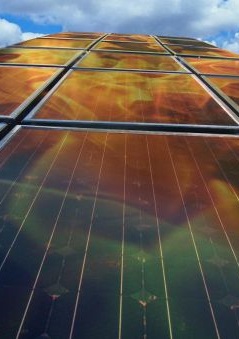Council considers lower green goal
 Coffs Harbour City Council will vote on whether to reduce its renewable energy target (RET) this week.
Coffs Harbour City Council will vote on whether to reduce its renewable energy target (RET) this week.
Conservationists are urging the council to do more about climate change, not less.
A proposal will be put to a council meeting on Thursday that calls for the target to be cut from 25 per cent of 2010 levels to 10 per cent by 2020.
But the plan seeks to retain longer-term goals to cut the council’s per annum corporate emissions (tonnes CO2-e) by 50 per cent by 2025 and 100 per cent by 2030.
The Coffs Coast Climate Action Group says reducing the short term goals will make longer-term targets harder to hit.
The proposal going to a vote on Thursday night also includes a recommendation that the council puts off providing rebates for solar installations on commercial properties.
The rebates were proposed in a resolution from August 2015, but now could be deferred until after the 2020 plan has been implemented.
The council does have a decent history of renewable energy investment.
It has already transformed Rigby House, where the city’s regional art gallery and library are located, into what was then the largest public rooftop solar power connection in New South Wales.
Rigby House now features 650 photovoltaic panels, which can generate 30 per cent of the power for the building’s heating, lighting, air conditioning and lifts.
That project, completed in 2014, was helped by funding of over $800,000 from the NSW Government.
But now, Coffs Coast Climate Action Group spokesperson Lisa Rusanen says the council has lost its way.
“It seems as if they are just pushing this back, when renewable energy is affordable now,” she told ABC reporters.
“If the technology's there now, why do they need to push that back past 2020 or even later?
“There are a number of sites that council could use to generate solar power.
“The Karangi water treatment plant is one of the highest energy uses for council and it would be an ideal site for solar.
“As well as obviously the council's administration building, the pool, the sports stadium, the sewerage treatment plant.
“Any of those places could be viable sites for solar and that's what we'd really like to see.”







 Print
Print